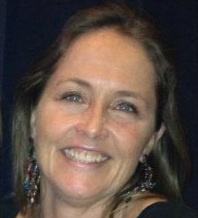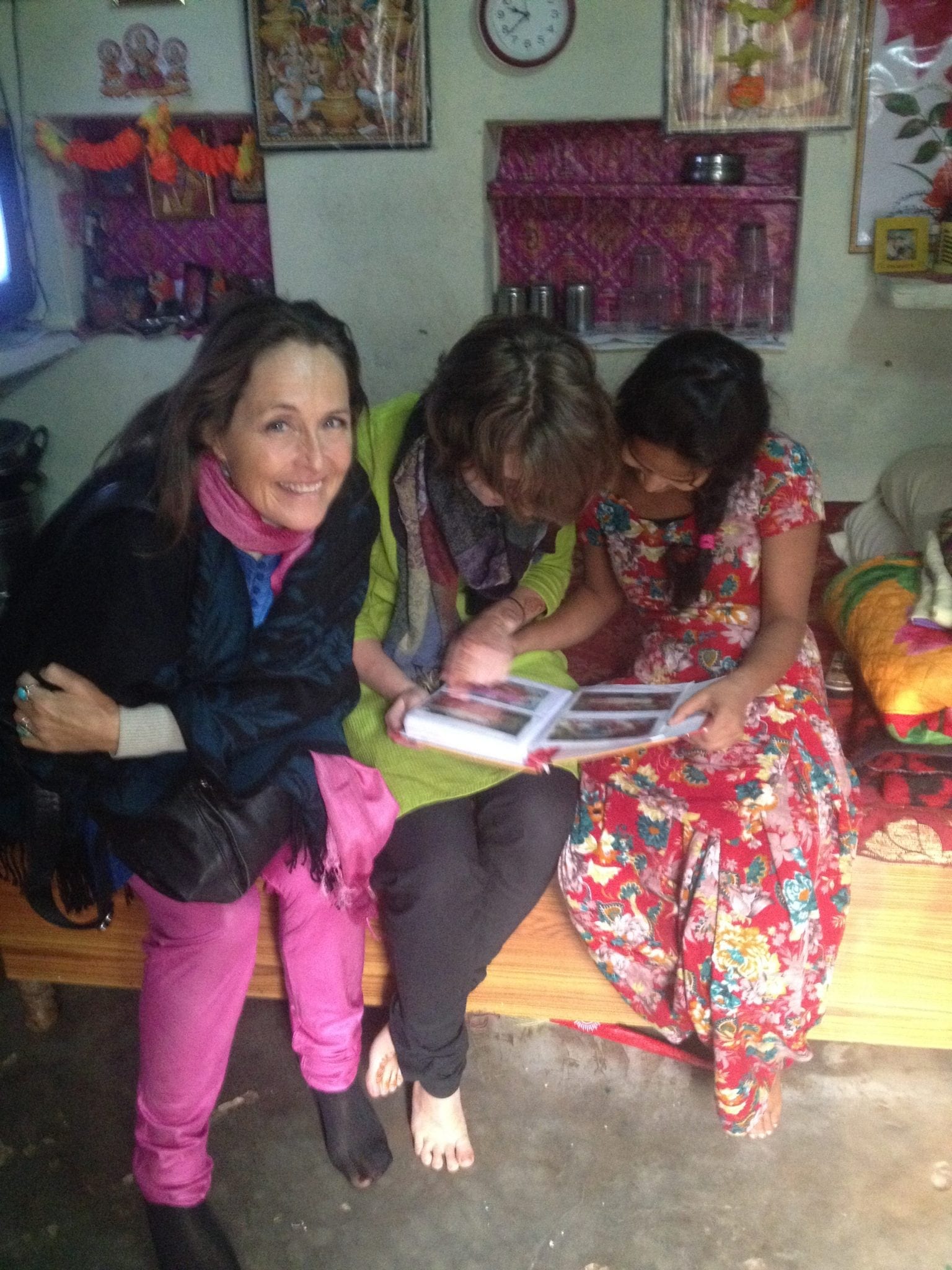 The first time I thought about how others learn best was 40 years ago. I went to high school in Conroe, Texas, which is outside of Houston. Our Spanish teacher recruited several of us to volunteer with her church to assist migrant farmers who were illiterate and/or did not speak English. Our job was to help the men learn to read. Working with them was a powerful experience. It is rare for a young person to be made aware of how important knowledge is for adults who don’t have it. Even when parents push you to do well in school, it isn’t the same. They also push you to feed the dog, be nice to your sister, and clean your room. For most kids, myself included, the rationale to do these tasks all seem about the same.
The first time I thought about how others learn best was 40 years ago. I went to high school in Conroe, Texas, which is outside of Houston. Our Spanish teacher recruited several of us to volunteer with her church to assist migrant farmers who were illiterate and/or did not speak English. Our job was to help the men learn to read. Working with them was a powerful experience. It is rare for a young person to be made aware of how important knowledge is for adults who don’t have it. Even when parents push you to do well in school, it isn’t the same. They also push you to feed the dog, be nice to your sister, and clean your room. For most kids, myself included, the rationale to do these tasks all seem about the same.
To my knowledge, these farmers were the first people I had ever met who were illiterate. I remember being surprised as a teen when I realized there were adults who could not read. To help adult men learn to read was an eye opening, heart-rending, and rewarding experience, unlike anything I have done in my life thus far. It became a mission for all of us involved in the project to succeed. It was obvious these men wanted to learn something we all assumed all adults could already do. I still remember the wonder I felt by how much they cared about learning. To this day, I have never met another group of people who wanted to learn anything as badly as these individuals wanted to learn to read.
We were just a group of high school kids volunteering. We didn’t know anything about teaching pedagogy. We didn’t realize there were standard ways to teach. Most of us, including me, did not have plans to go into teaching. We were just a group of kids who wanted to help another group of people. We would discuss with each other what was working and what wasn’t. We would talk about strategies that had or had not worked in our own learning. Being teens, we tried to think of new and inventive ways to approach the material.
We realized there was a problem right away. Most of the men did not speak English well, and we didn’t speak Spanish above a high school level. When we got together to discuss what to do about the language barrier, we decided to separate the skills of reading and learning English. We felt it would be easier to teach them as separate skills. We translated simple books from English to Spanish. You can imagine the discussions about whether to use the tilde or not 😉 We finally left it up to the individual “teacher,” although it seemed like such a stretch to call us that. Since each of us was making our own books, and each of us had to teach the material, it was important to us that each of us found the method that worked best for us.
I decided to write the words both with and without the tilde, spelled out right next to each other. It didn’t take long before I realized this made it more confusing. There I was with my very basic Spanish trying to explain that the two words were the same words, except one had the n without the tilde (ñ) which in Spanish was a different letter… but in English really wasn’t because we don’t use the tilde, and…, and… Oh, it was a mess! Funny now, but I was too young to see the humor then.
It also turned out that the men were not happy at all with our decision. They did not want to learn to read in Spanish. They wanted to learn to read and speak English. They began to very politely refuse the Spanish language books. It caused us to pause and rethink what we were doing. These men were wonderful and appreciative to their young cadre of tutors, who were so obviously muddling through it. This was the one and only time they let us know that the method we were using to teach them was not how they wanted to learn. Once we switched back to the English language books the men’s reading skills began to improve rapidly. They were right too; their English language skills improved along with their reading skills because they were learning the English word for dog, for example, in both written and spoken form. Instead of learning to read in Spanish and then speak in English.
The basic problem stemmed from the fact that when we decided on a course of action for how we were going to teach the material, we put the main focus on the task at hand and how best to accomplish it from our perspective, that of the teacher not the student. It was at this time that I came to understand one of the most important lessons for someone who is educating others. “The easiest way to teach something is often not the best way to learn it.” This experience caused me to realize that the best method to use in education is the one that works, and that the focus of that education needs to be on the learner not the teacher.
Are you wondering how this relates to homeschooling? Quite a lot actually. I learned as much from these men as they learned from me. It was through this experience that I came to better understand that the focus in an academic setting needs to be on learning and not teaching. This experience was the first step to my understanding that the focus of my child’s education needed to be on his learning, not on my schedule or on the method that would work best for me. It was during this time that I came to understand that the best method to use when facilitating someone’s learning is the one that works, which has resulted in me being a cherry-picker of parts of teaching methodologies, only using those that work well for my son.
It was while tutoring these men that I came to understand there is no timeline for learning. If the desire to learn something is there, you are never too old to learn it. This helps when I feel nervous when my son doesn’t meet the strictures or the official timeline set up by someone who has never met him. This experience was the first step on my path to learning that the most effective teachers focus on their students learning and use what works to make that happen.
More Articles by Blair Lee, M.S. and Secular Homeschooling
A Handcrafted Education, the High School Years
Learning Science
Keep Calm and Homeschool On
 Blair Lee M.S. is the the founder of Secular, Eclectic, Academic Homeschoolers. When she’s not busy doing these things, she’s busy writing or working on service projects. She is the author of the critically acclaimed Real Science Odyssey Biology 2 and Chemistry 1, http://www.pandiapress.com/publications/real-science-odyssey/. She is currently working on Astronomy and Earth Science 2 for the series.
Blair Lee M.S. is the the founder of Secular, Eclectic, Academic Homeschoolers. When she’s not busy doing these things, she’s busy writing or working on service projects. She is the author of the critically acclaimed Real Science Odyssey Biology 2 and Chemistry 1, http://www.pandiapress.com/publications/real-science-odyssey/. She is currently working on Astronomy and Earth Science 2 for the series.

